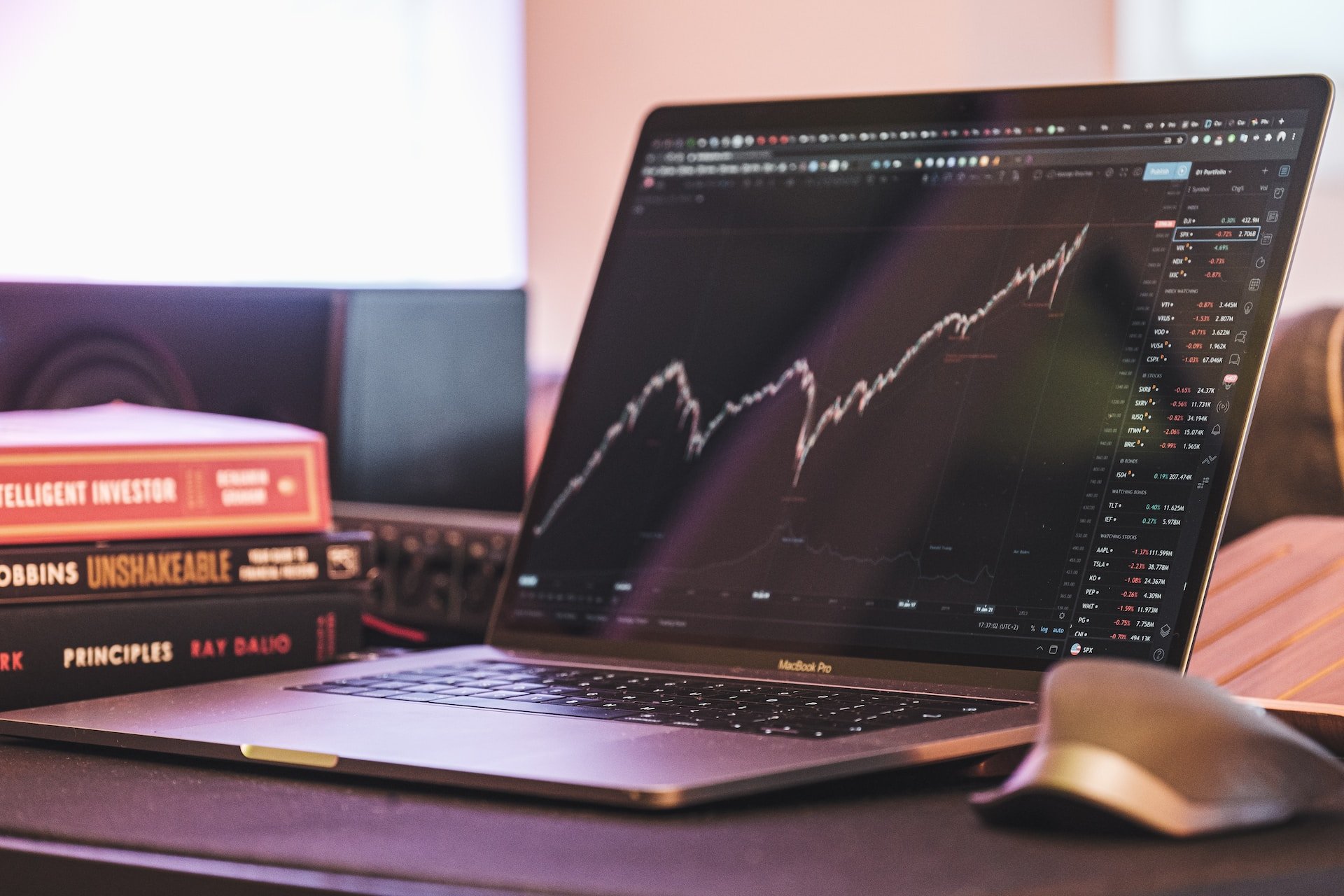Every fighter pilot knows the importance of spending time in a flight simulator. A simulator lets you get used to the mechanics of flying without the real-world peril of a devastating crash.
A trading simulator operates on the same basic principle. The more time you devote to a virtual trading platform, the better equipped you’ll be when you start investing with real-world dollars.
Whether you’re a seasoned investor or just starting out, a trading simulator can help you learn the mechanics of trading without risking a dime. Here’s what you should look for from today’s trading simulators.

What Is a Trading Simulator?
A trading simulator is a platform where investors can perform “paper trades.” Paper trading refers to making trades without using (or losing) any real-world dollars. It’s a game, more or less — though it’s designed to replicate real-world market conditions to allow you to practice trades.
Who Should Use a Trading Simulator?
A paper trading platform is great for beginners and seasoned investors alike. A trading simulator can be ideal for novice traders who are just learning the ropes of the investing world. They can teach you how to execute various order types and get a feel for how you’ll monitor each trade.
For long-term investors, a trading simulator might be a good place to hone your investing skills.
Day traders, for instance, might rely on a virtual trading platform to perfect their analytical skills or simply practice the jumps in and out of the market. Long-term investors might likewise use paper trades to evaluate the benefits of certain stock positions.
How Long Should I Make Paper Trades?
There’s no requirement that you use a trading simulator. And understandably, some investors want to jump in with both feet. However, traders can get many benefits from spending at least a few weeks in a virtual trading environment.
The longer you spend making paper trades, the more savvy you’ll be moving around real-world assets, which is why some investors might consider using a trading simulator for six months to a year before diving into the real-world marketplace.
Advantages of a Trading Simulator
Some may think that “real” investors don’t need a set of training wheels. But there are some real advantages to paper trading. Here are some benefits of practicing your skills in the virtual world before sinking your money into real-world companies.
You’ll Learn the Basics of Trading
First, trading simulators let you practice basic trades. The best platforms are designed to provide you with an experience that’s as close to the real world as possible and may also include guides, tutorials, tips, and more.
This experience is vital for new investors, though it can also be helpful for learning to navigate a new investment platform.
You’ll Practice Advanced Trading Strategies
Trading simulators aren’t just for newbies. Even seasoned pros can use a trading simulator to test-drive new strategies. Want to learn to short a stock or dabble in futures or commodities? Take some time to try your hand at these strategies in the safety of a simulator until you feel confident enough to start making trades on the actual market.
You’ll Risk Nothing
The most important benefit of a trading simulator is that it requires you to risk absolutely nothing. A trading simulator is a safe space to make “rookie mistakes,” such as mistaking an order type or misreading a stock market symbol. These mistakes can better prepare you for the actual trading ecosystem once you’re ready to get started.
You’ll Keep Your Emotions in Check
Since you won’t gain nor lose a dime, trading simulators teach you to focus on the actual mechanics of trading without being motivated by fear or greed. Then, when you’re ready to start making real-world trades, you’ll have a more secure knowledge base to make informed decisions about your portfolio.
The Limits of Trading Simulators
Despite these advantages, paper trades have some drawbacks, including:
- They can’t replicate unpredictable stock market/economic events
- Traders won’t feel real-world emotions
- Spending time in the simulator can cause you to miss opportunities
- Paper trades don’t always reflect slippage costs or commission fees
Of course, every simulator has limits. But paper trading platforms nevertheless provide a useful way to learn more about investing without the risk of buying and selling securities on the open market.
The Best Trading Simulators of 2023
The best trading simulator depends on what you intend to use it for. Look for features that include:
- A user-friendly interface
- Information and tutorials on trading practices
- Flexibility to learn practices for trading a variety of assets
That said, here are some of the best trading simulators of 2023.
Webull: Best for Beginners
Smartphone users can use Webull to learn the basic mechanics of trading, though desktop users gain access to additional charts, graphs, and more.
The platform offers a comprehensive simulator that focuses on the basics, though investors can also use Webull to learn more about investing in ETFs and even cryptocurrency. Traders will also learn more about the practice of monitoring trades with real-time data and analytical tools.
Interactive Brokers: Best for Foreign Investing
Foreign investing is actually a good strategy since these stocks won’t be subject to the same economic forces as domestic businesses. Interactive Brokers allows users to dabble in these foreign companies but also offers plenty of opportunities for all investors.
Additionally, Interactive Brokers is among the only trading simulators that offer a virtual account balance of $1 million (others limit you to just $100,000), providing ample opportunity to grow and learn.
eToro: Best for Social Features
eToro offers many of the paper trading features as other top platforms, with a wide selection of stock indexes, funds, and other investment vehicles.
But where eToro really shines is its community aspect. Users can link accounts to other users to discuss trading strategies. You can also engage in “copy trading,” where you deliberately replicate the trading decisions of experienced investors to learn the best practices of today’s traders.
TD Ameritrade: Best for Growing Traders
TD Ameritrade may just be one of the most flexible trading simulators around. Beginners can use the platform to gain access to basic tutorials, videos, and more, while experienced traders can dabble in trading strategies that demand multiple screens and in-depth analysis.
This is made possible by the platform’s commitment to accurate data, meaning the simulator is as close to real-world conditions as possible. While it lacks the crypto features of other platforms, it’s still a flexible platform for rookies and veterans alike.
E-Trade: Best for Options Trading
Even though the E-Trade paper trading platform has many flexible features, it’s perhaps best for those looking to get into options trading. This can be valuable for investors looking to broaden their investment strategies without tripping over the slightly more complex world of options investing.
Users can use the platform to tap into Morgan Stanley’s advanced research, which allows them to make the best investment decisions based on the latest data — though some of this data will only be available to investors who maintain an account balance of $1,000.

The Best Tools Make the Best Investments
No matter what platform you choose for your paper trades, you’ll still need a robust investment partner to equip you with tutorials, stock tips, and more.
Gorilla Trades can be that partner. When you sign up for a Gorilla Trades membership, you’ll gain access to a full library of resources and stock research tools designed to make the most of every dollar. What are you waiting for? Sign up for a free trial, and you’ll receive stock tips delivered to your inbox for the next 30 days.




